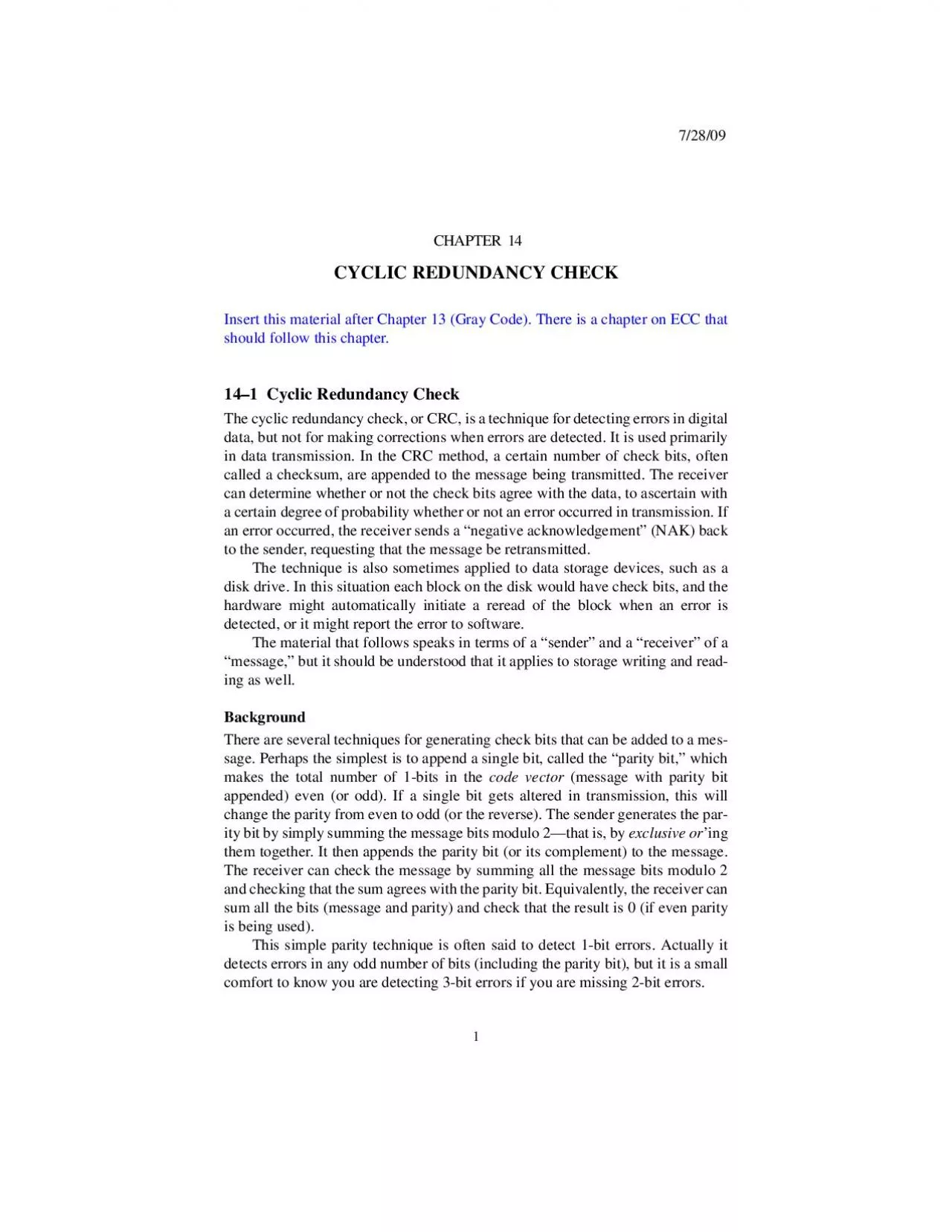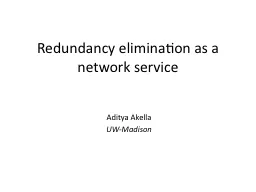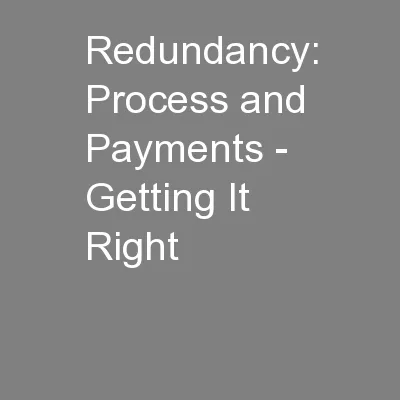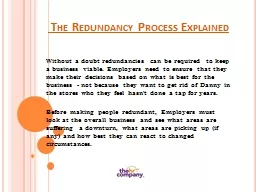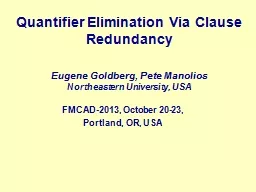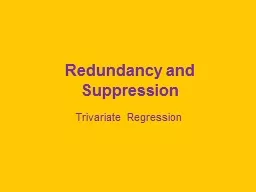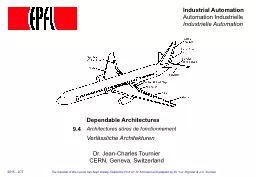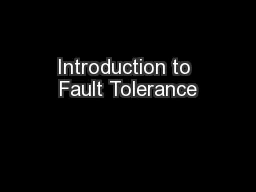PDF-72809 CHAPTER 14CYCLIC REDUNDANCY CHECKInsert this material after C
Author : daisy | Published Date : 2022-08-25
CYCLIC REDUNDANCY CHECKFor bit serial sending and receiving the hardware to generate and check a single parity bit is very simple It consists of a single exclusive
Presentation Embed Code
Download Presentation
Download Presentation The PPT/PDF document "72809 CHAPTER 14CYCLIC REDUNDANCY CHECK..." is the property of its rightful owner. Permission is granted to download and print the materials on this website for personal, non-commercial use only, and to display it on your personal computer provided you do not modify the materials and that you retain all copyright notices contained in the materials. By downloading content from our website, you accept the terms of this agreement.
72809 CHAPTER 14CYCLIC REDUNDANCY CHECKInsert this material after C: Transcript
Download Rules Of Document
"72809 CHAPTER 14CYCLIC REDUNDANCY CHECKInsert this material after C"The content belongs to its owner. You may download and print it for personal use, without modification, and keep all copyright notices. By downloading, you agree to these terms.
Related Documents

